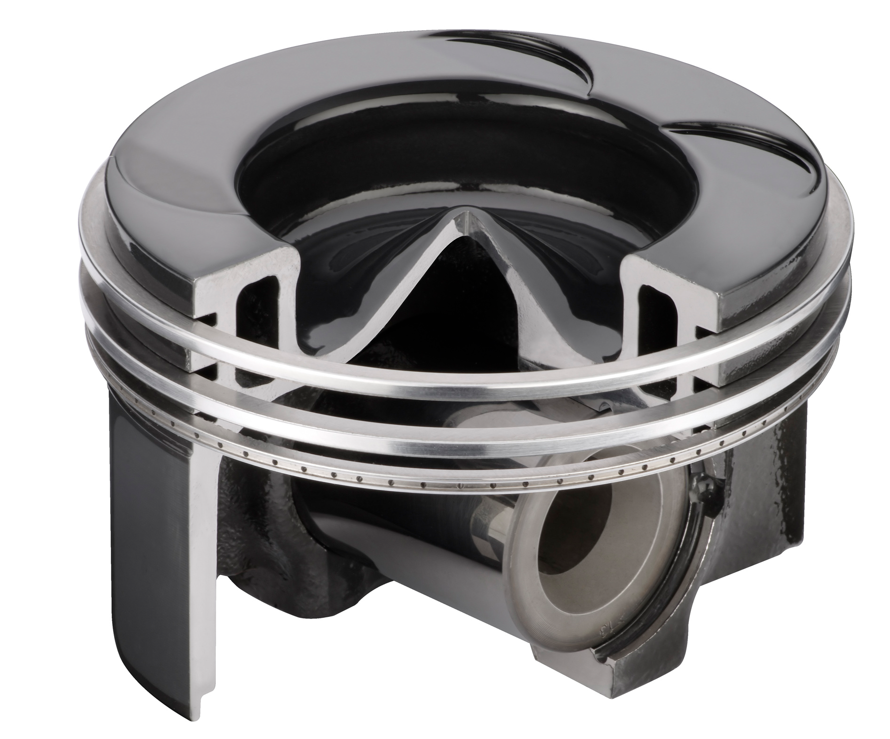Products
Piston Kit (OE Factory Direct)
Cylinder Liner Sleeve(OE Factory)
AE Engine Parts Piston Ring Set
AE Engine Parts Full Gasket Kit
AE Engine Parts Head Gasket
Main Bearing & Con Rod Bearing
AE Engine Parts Crankshaft
AE Engine Parts Camshaft
AE Engine Parts Cylinder Block
AE Engine Parts Cylinder Head
AE Engine Parts Con Rod Assy
AE Engine Parts Oil Pump
AE Engine Parts Water Pump
AE Engine Parts Turbocharger
Engine Valve & Seat & Guide
AE Engine Parts Rod / Cam Bushing
AE Engine Parts Thrust Bearing
AE Engine Parts Liner Kits
AE Other Engine Spare Parts
- Caterpillar(71)
- Cummins(80)
- Komatsu(58)
- Isuzu(49)
- Mitsubishi(87)
- Nissan(64)
- Yanmar(32)
- Kubota(43)
- Mazda(2)
- Toyota(18)
- Doosan/Daewoo(28)
- Hyundai(29)
- Kia(6)
- Volvo(10)
- Scania(3)
- Benz(0)
- Perkins(15)
- Deutz(5)
- Detroit(0)
- Shibaura(5)
- New Holland (agriculture)(0)
- JCB(0)
- Hino(44)
- Caterpillar(26)
- Cummins(22)
- Komatsu(19)
- Hino(27)
- Isuzu(34)
- Mitsubishi(52)
- Nissan/UD(27)
- Yanmar(6)
- Kubota(17)
- Mazda(3)
- Toyota(9)
- Doosan/Daewoo(9)
- Hyundai(16)
- Kia(0)
- Volvo(9)
- Scania(0)
- Benz(0)
- Perkins(0)
- Deutz(0)
- Detroit(0)
- Komatsu(19)
- Caterpillar(22)
- Cummins(17)
- Hino(15)
- Isuzu(33)
- Mitsubishi(38)
- Nissan(19)
- Yanmar(22)
- Kubota(3)
- Mazda(2)
- Toyota(2)
- Doosan(4)
- Hyundai(11)
- Kia(3)
- Volvo(3)
- Scania(0)
- Benz(0)
- Perkins(5)
- Deutz(0)
- Detroit(0)
- Caterpillar(42)
- Cummins(47)
- Komatsu(77)
- Hino(9)
- Isuzu(63)
- Mitsubishi(51)
- Nissan/UD(13)
- Yanmar(55)
- Kubota(57)
- Mazda(0)
- Toyota(0)
- Doosan/Daewoo(11)
- Hyundai(11)
- Kia(0)
- Volvo(8)
- Perkins(14)
- Deutz(0)
- Scania(1)
- Benz(0)
- Detroit(0)
- Caterpillar(47)
- Komatsu(51)
- Cummins(35)
- Isuzu(69)
- Mitsubishi(55)
- Hino(17)
- UD/Nissan(14)
- Yanmar(54)
- Kubota(56)
- Toyota(0)
- Hyundai Kia(10)
- Doosan / Daewoo(15)
- Volvo(10)
- Perkins(23)
- Deutz(0)
- Caterpillar(28)
- Cummins(24)
- Komatsu(27)
- Hino(17)
- Isuzu(26)
- Mitsubishi(42)
- Nissan/UD(11)
- Yanmar(3)
- Kubota(13)
- Toyota(0)
- Doosan/Daewoo(12)
- Hyundai(13)
- Volvo(8)
- Perkins(0)
- Deutz(0)
- Caterpillar(21)
- Komatsu(27)
- Cummins(23)
- Hino(15)
- Isuzu(45)
- Mitsubishi(45)
- Nissan/UD(29)
- Yanmar(14)
- Kubota(8)
- Toyota(0)
- Doosan/Daewoo(9)
- Hyundai(10)
- Kia(5)
- Volvo(6)
- Perkins(7)
- Deutz(11)
- Caterpillar(33)
- Cummins(25)
- Komatsu(20)
- Hino(14)
- Isuzu(32)
- Mitsubishi(32)
- Nissan/UD(14)
- Yanmar(7)
- Kubota(5)
- Toyota(9)
- Doosan/Daewoo(7)
- Hyundai(6)
- Perkins(0)
- Volvo(8)
- Deutz(0)
- Caterpillar(38)
- Cummins(22)
- Komatsu(30)
- Hino(10)
- Isuzu(31)
- Mitsubishi(33)
- Nissan/UD(19)
- Yanmar(18)
- Kubota(42)
- Doosan/Daewoo(5)
- Hyundai(6)
- Volvo(9)
- Perkins(12)
- Deutz(0)
- Scania(0)
- Detroit(0)
- Caterpillar(13)
- Komatsu(8)
- Cummins(4)
- Hino(1)
- Isuzu(4)
- Mitsubishi(12)
- Nissan/UD(0)
- Yanmar(6)
- Kubota(8)
- Doosan/Daewoo(3)
- Hyundai(3)
- Volvo(3)
- Deutz(0)
- Perkins(0)
- Caterpillar(0)
- Komatsu(0)
- Cummins(0)
- Hino(0)
- Isuzu(0)
- Mitsubishi(0)
- Doosan/Daewoo(0)
- Yanmar(0)
- Volvo(0)
- Deutz(0)
- Perkins(0)
- Hyundai(0)
- Kubota(0)
- NISSAN UD(0)
- KUBOTA(0)
- TOYOTA(0)
- Caterpillar(0)
- Komatsu(0)
- Cummins(0)
- Hino(0)
- Isuzu(0)
- Mitsubishi(0)
- Nissan/UD(0)
- Yanmar(0)
- Kubota(0)
- Doosan/Daewoo(0)
- Hyundai(0)
- Volvo(0)
- Deutz(0)
- Perkins(0)
- Komatsu(0)
- Cummins(2)
- Hino(0)
- Isuzu(2)
- Mitsubishi(0)
- Yanmar(0)
- Kubota(0)
- Deutz(0)
- Doosan/Daewoo(4)
- Volvo(0)
- Perkins(0)
- Caterpillar(16)
- Injector(1)
- Injector Sleeve(42)
- Piston Cooling Nozzle(1)
- Push Rod,Valve Lifter,Tapped(1)
- Valve Cover Basing(1)
- Bolt; Con Rod Head(5)
- Bushings(1)
- Stater(0)
- Alternator(0)
- Valve Spring, Seat, Lock(1)
- Oil Cooler Core, Cover(2)
- Rocker Arm(1)
- Ex & In Manifold(1)
- Cam / Crank Gear(5)
- Glow Plug(1)
- Belt Tensioner(1)
- Fan Suppoet(1)
- Coupling(1)
- Pully(1)




